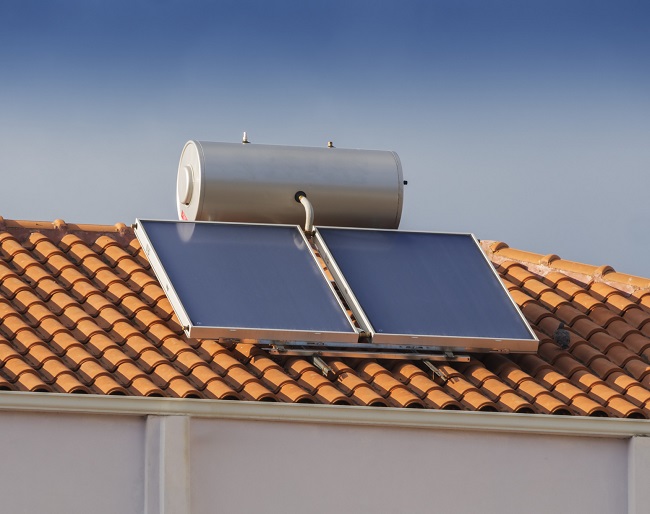A hot water system helps in providing accurate, trustworthy, and cost-effective temperature control. The process is applied in different manufacturing units for process lead. The system is available for use with plant steam or electricity that acts as the source of heat. In the pattern, both steam and electric units are available in single and dual-zone configurations.
 |
| Hot Water System |
Designing of the applications
There are leading designers for the Hot water system throughout the country. The system is used in manufacturing various specific equipment for unorthodox applications. Experienced engineers are there to use the pattern in process chilling and various heating applications. The system is used in industries like Chemicals, Petroleum, Plastics, Rubber, Paper, Power, Steel, Food, And Pharmaceuticals.
Salient Features of Hot Water System
- It offers a compact and complete package solution for the above-mentioned industries.
- The best kind of design is made for heat exchangers.
- Offer an indigenous solution for all process requirements.
- Equips skids assembled in factories. These skids ease down the installation process.
- Offer consistent temperature at the desired level with the innate heating control pattern.
- Facilitate hassle-free condensate removal and recovery. No energy is lost in the process.
- Standard units are supplied with PID controllers.
- Also equipped with special control packages. These packages are available with PLC systems.
Benefits of Hot water System
- Each piece of the Hot water system enables maximizing productivity within the entire process.
- The ability to maintain quality ensures an excellent return on investment.
- Process consistency is improved with reliable temperature control. It also helps in reducing scrap.
- Helps speed the start-up process and enhance production rates.
- Engineers ensure instant availability for oscillating process loads. Able to meet urgent demands too.
- Provides accurate temperature for hot water in heat-sensitive processes.
- Higher rates of heat transfer and efficiency are guaranteed in the system design.
- Hassle-free installation.
- Offer single-point connections for the utilities.
- All the units thus produced are subject to quality testing prior to shipment.
The functioning of the Hot water System
The essential component of the Hot water system is a central boiler. Water is heated in the boiler at a controlled temperature of 140 – 180oF. The temperature is equivalent to 60 to 83 degrees Celsius.
After completion of the heating process, the water is circulated through pipes to various coil units. These units may be radiators or other accessories that are placed in different rooms.
Such circulation is accomplished by pressure and gravitational force, though forced circulation with a pump is preferred. The reason behind this is the availability of resilience and better control.
Emitters give out heat through radiation and convection and fill up the rooms. The water thus cooled gets back to the boiler.
The coil units are equipped with a combination system. These systems use ducts to supply air from the central Air Handling Unit. The air is heated in the Hot water system before being transferred to the conditioned space.
 |
| Hot Water System |
The current-day hot water system works with one or two pipe systems to circulate the heated water.
The latter is expensive yet it is more used due to its high efficiency. Larger radiators and longer baseboards are required at the end of the loop as this part gets a lesser amount of heat.
In a boiler hydronic system, pipes are arranged depending on the budget at the time of installation and the required efficiency level.
In most hydronic loop systems, a two-pipe method needs balancing valves. Be it one-pipe or two-pipe, an expansion tank is provided. It helps compensate for variations in the volume of water in the system.
Conclusion
Hopefully, the article is able to equip you with a plumber who has proper knowledge about the Hot water system.

0 comments:
Post a Comment